
Tascha Shahriari-Parsa is a government lawyer enforcing workers’ rights laws. He clerked on the Supreme Court of California after graduating from Harvard Law School in 2024. His writing on this blog reflects his personal views only.
Chevron is dead. What does that mean for labor law?
It’s easy to paint a bleak picture: Judges will now decide questions of labor policy a lot more. Labor law will become a lot more frozen across time. As one blog put it, “the NLRB will no longer be able to engage in sea shifting legal changes.” The Board’s experiments and initiatives to push labor law forward are doomed.
But there are four reasons why Loper Bright’s actual effect on labor law will, in all likelihood, be modest. First, well before Chevron was decided in 1984, the Supreme Court recognized that the NLRA gave the Board wide authority to “apply” the Act, which overlapped considerably with an agency’s power to “interpret” ambiguous statutory provisions under Chevron. Second, the widely deferential pre-Chevronregime is entirely compatible with Loper Bright. Third, courts reviewing NLRB decisions over the last three decades have rarely invoked Chevron, so little is lost. Fourth, under the nonacquiescence doctrine, the NLRB can ignore outlier judges who take Loper Bright too seriously.
Since the NLRA’s early days, the Board enjoyed a wide orbit of policymaking discretion. Courts decided the bounds of the law. But within those bounds, the Board had the “special function of applying the general provisions of the Act to the complexities of industrial life.” Thus, the Supreme Court explained that “where the question is one of specific application of a broad statutory term in a proceeding in which the agency administering the statute must determine it initially, the reviewing court’s function is limited.”
At first glance, these decisions sound in Chevron. In broad strokes, the result is the same: the Board gets to decide things. And one can retroactively read pre-Chevron cases like Hearst or Weingarten as mandating that the Board gets to resolve statutory ambiguities. But the crucial thing to notice is that these pre-Chevron cases did not classify questions like “are news venders ‘employees’” (Hearst) or “do workers have representational rights in disciplinary proceedings” (Weingarten) as questions of law. When the Board answered these questions, the Board was applying law to specific situations. And courts held firm that the application of labor law—whether we want to call that the exercise of discretion, the resolution of mixed questions of law and fact, or policymaking—was squarely within the domain of the Board.
Loper Bright did not touch this pre-Chevron regime. In two sentences (which I’ve cleaned up), the Court left it intact:
“When the best reading of a statute is that it delegates discretionary authority to an agency, the role of the reviewing court under the APA is, as always, to independently interpret the statute and effectuate the will of Congress subject to constitutional limits. The court fulfils that role by recognizing constitutional delegations, fixing the boundaries of the delegated authority, and ensuring the agency has engaged in reasoned decisionmaking within those boundaries.”
As Adrian Vermeule has observed, it follows that “[w]hen judges identify the ‘best reading’ of the statute, that best reading might itself just be that an explicit or implicit congressional delegation of such authority to the agency has occurred.” In other words, under Chevron, courts could conclude that a statute was ambiguous (such that it left a gap for the agency to fill) and then uphold the agency’s “interpretation” of the law as long as it was reasonable. Now, courts can conclude that the best legal construction of a statute is to read it as a delegation to the agencyto “apply” the law, and then uphold that application so long as it falls within the bounds of the law and is reasonable. Tomayto, Tomahto.
To be sure, under many statutes, courts might not find a delegation as easily as they would an ambiguity. For example, Skidmore, decided the same year as Hearst, was concerned with whether firefighters who were on call were “working” and thus subject to the FLSA’s overtime provisions. The FLSA Administrator had released guidance that would help answer the question. Like the Board in Hearst, the FLSA Administrator was applying the law. But unlike in Hearst, the Skidmore Court did not conclude that the Administrator was entrusted with primary authority to interpret the FLSA. Unlike the NLRB, the FLSA Administrator does not conduct hearings or issue formal orders on violations, and FLSA disputes appear before courts in the first instance rather than before the Administrator. The Administrator’s guidance was thus only entitled to respect, not deference.
So, Loper Bright will likely make a substantial difference for statutes like the FLSA. But it should have little impact on the NLRA, where the statute’s delegation of policymaking authority to the Board is settled law.
Another reason why Loper Bright likely won’t change much when it comes to labor law is that courts reviewing NLRB decisions rarely invoked Chevron. Instead, the pre-Chevron NLRA deference regime discussed earlier has been (for the most part) the regime we’ve also had since Chevron. In an empirical study published in 2022, Amy Semet analyzed the deference standards of appellate courts reviewing NLRB decisions. Across 201 cases involving statutory interpretation between 1993 and 2020, Semet found that 56 cases applied Chevronexplicitly. Meanwhile, in 120 decisions—a majority—the court said it would uphold the Board’s decisions if it was reasonable (or “permissible,” “reasonably defensible,” and so on).
To be sure, the NLRB won more when the court cited Chevron than when it didn’t. But the best explanation for that is not that Chevron was doing the work, but that pro-Chevron judges are more likely to uphold the NLRB’s orders than anti-Chevron judges. It is also possible, as Semet notes, that “judges are…selecting what their decision will be before selecting what statutory methods they will use to justify said decision.”
Even if Loper Bright leaves this pre-Chevron deference regime open, the Supreme Court’s expression of a “mood” in Loper Bright might pressure judges to decide questions traditionally left for the Board. And, though we will have to wait to see how courts square the major questions doctrine with Loper Bright, the need to point to clear authorization for questions of “economic and political significance” likely means that the Board’s discretionary power will be limited. Unless the statute explicitly says that the agency can do the thing it is trying to do, even the clearest of delegations might not be enough for major questions.
If West Virginia and Loper Bright generate increased judicial invalidation of Board orders, the Board still has an ace in the hole: the nonacquiescence doctrine. In the interest of federal uniformity, the Board maintains a longstanding practice of ignoring contrary circuit opinions when there is a circuit split. So, where the NLRA is “ambiguous,” courts might not always defer to the Board—but the Board need not defer to courts either. Still, nonacquiescence has its limits, as the Board cannot enforce its orders without the courts.
Now that Chevron is gone, judges might decide questions of labor policy a little more often. Labor law might become a little more frozen over time. But probably not by much more than was already the case. With major attacks on the constitutionality of the 89-year old NLRB, labor law has bigger things to worry about.
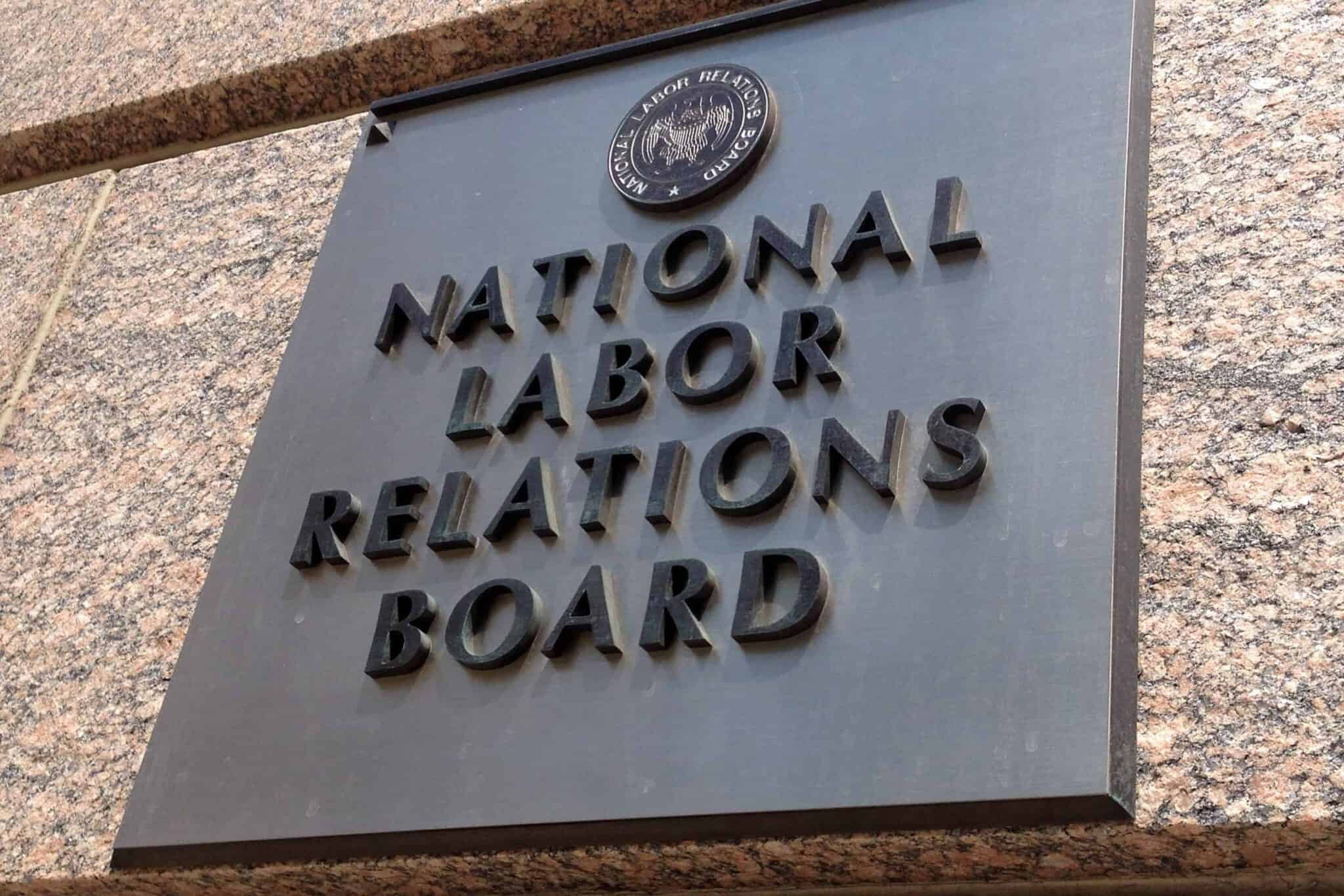
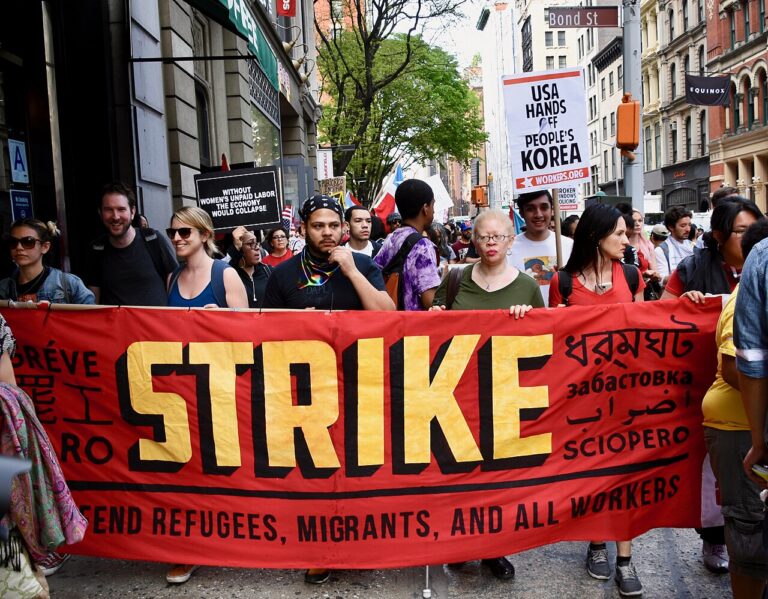
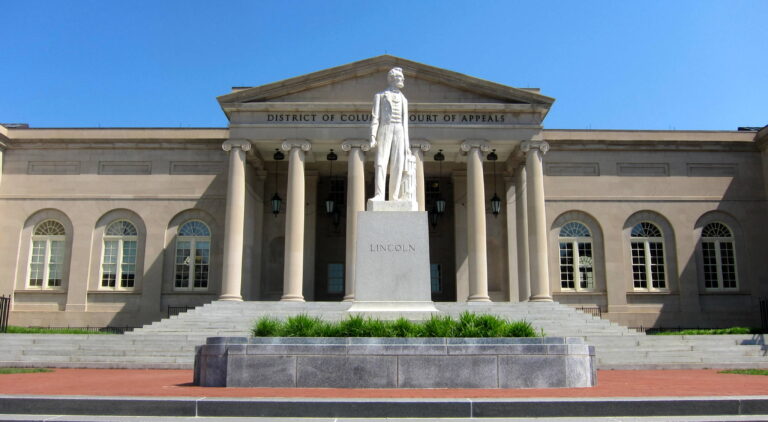
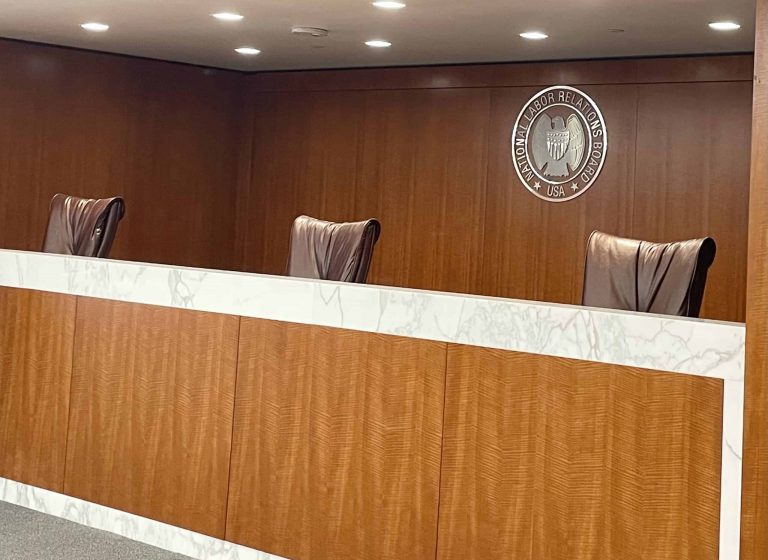
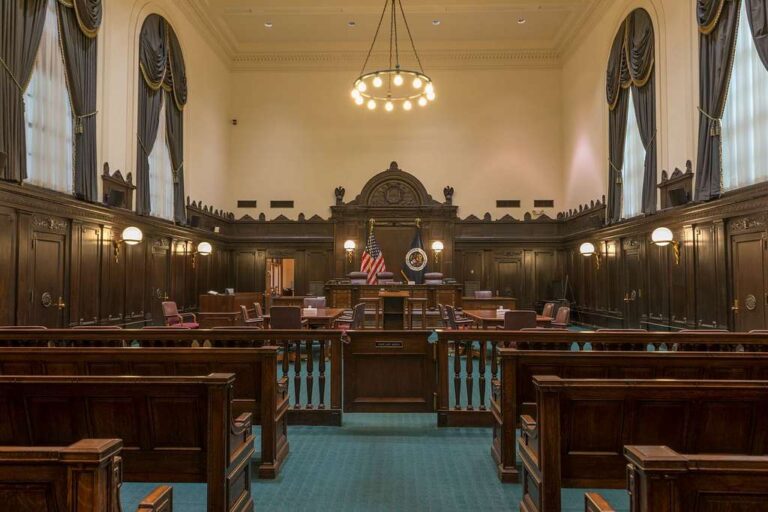



Daily News & Commentary
Start your day with our roundup of the latest labor developments. See all
January 8
Pittsburg Post-Gazette announces closure in response to labor dispute, Texas AFT sues the state on First Amendment grounds, Baltimore approves its first project labor agreement, and the Board formally regains a quorum.
January 7
Wilcox requests en banc review at DC Circuit; 9th Circuit rules that ministry can consider sexual orientation in hiring decisions
January 5
Minor league hockey players strike and win new deal; Hochul endorses no tax on tips; Trump administration drops appeal concerning layoffs.
December 22
Worker-friendly legislation enacted in New York; UW Professor wins free speech case; Trucking company ordered to pay $23 million to Teamsters.
December 21
Argentine unions march against labor law reform; WNBA players vote to authorize a strike; and the NLRB prepares to clear its backlog.
December 19
Labor law professors file an amici curiae and the NLRB regains quorum.